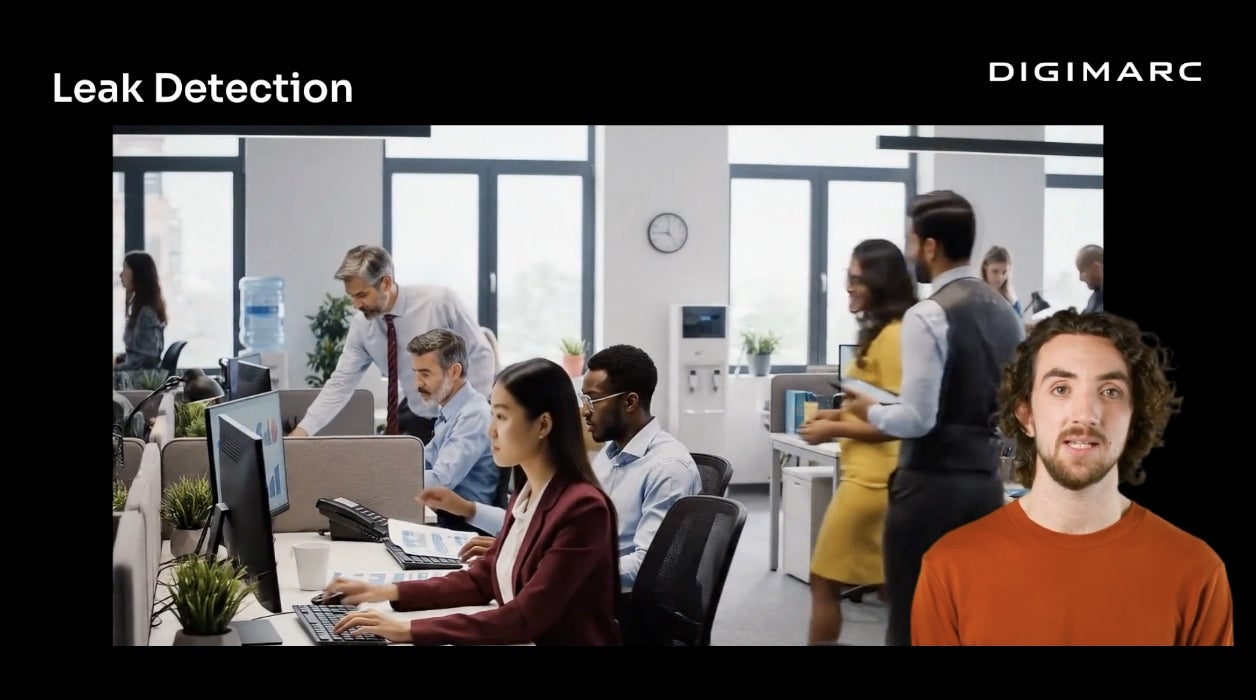The discussion about digital content authentication often revolves around the subject of metadata. Metadata is hidden from view but essential in revealing basic information about a given piece of content, such as the author, date created, date modified, and file size. Many people think of metadata as indelible, always attached “behind the scenes,” to the outward facing contents.
The reality is that metadata can easily be stripped from a digital asset intentionally or unintentionally when content is distributed or published. For instance, common workflows like uploading an image to a social network, sending a photo via an instant messaging application, or editing an image with a mobile phone app can strip metadata. This automatic metadata stripping has been occurring for a long time, so why is this issue so problematic now? The answer is rooted in the rise of generative artificial intelligence (GenAI). Amidst all the good GenAI offers, we've also witnessed the spread of fraudulent or misinformation and brazen plagiarism.
The level of misinformation fueled by synthetic media created through GenAI has reached alarming levels. It’s very easy for someone with nefarious motives and an internet connection to obtain and modify a non-synthetic image. In the absence of metadata, these bad actors are allowed to operate with relative impunity knowing people have no way of distinguishing what is real from what is fake. With a polarizing election looming, the problem is only expected to get worse. As with every paradigm shift, technology innovators are eager to find a solution.
Answering that call, Digimarc and DataTrails announced the industry’s first fully integrated content protection solution that combines advanced digital watermarks with cryptographic proofs, or fingerprints, that provide a tamper-proof record of who did what and when, no matter where the files are stored or how they move around. Rather than rely on conventional metadata, the integrated solution provides irrefutable proof of digital content authenticity and provenance through a revolutionary multi-layered approach. Provenance metadata is now protected and stored in a tamper-proof distributed ledger detached from the image. Layered with a digital watermark embedded in the image, content owners and consumers now have an easy way to see and retrieve an image’s provenance metadata whenever needed throughout an image's journey.
Digimarc and DataTrails will host a webinar to demonstrate the integrated solution and discuss the broader considerations of protecting digital content – synthetic and non-synthetic media. You can learn more and register here.
